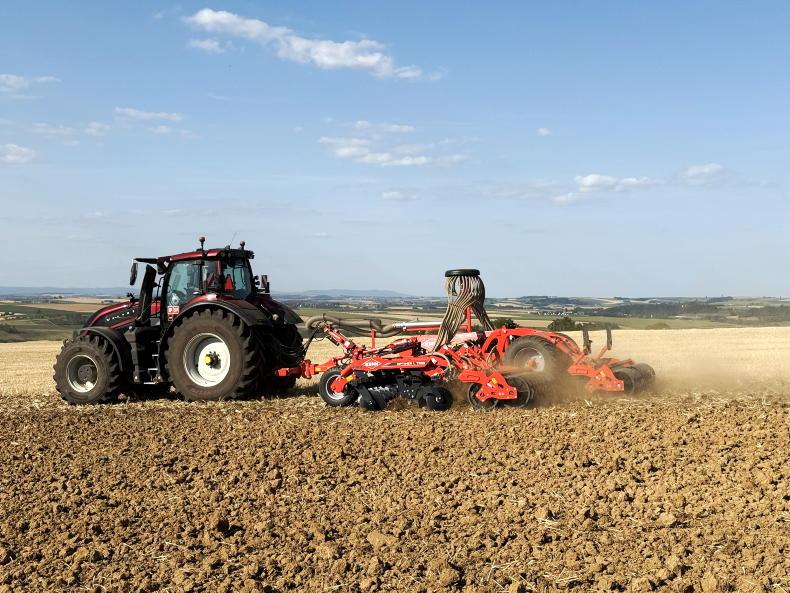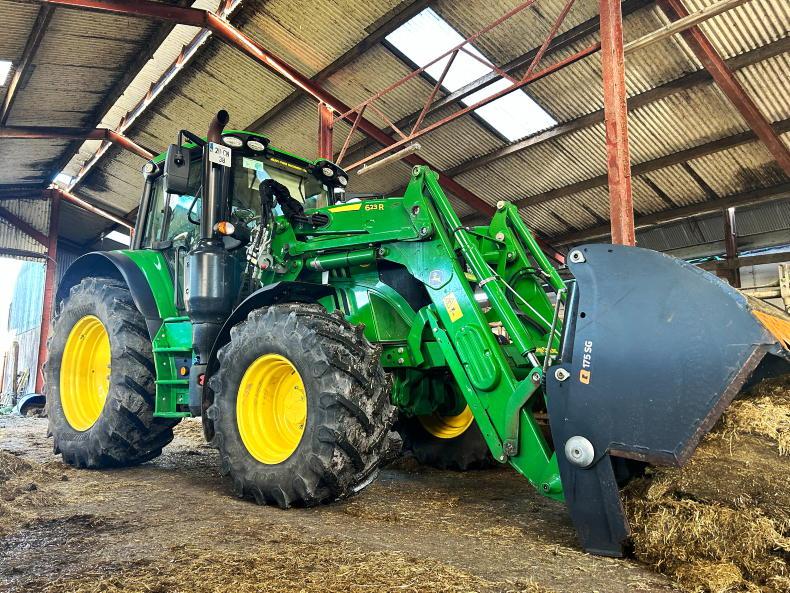The demand for European manufactured agricultural machinery has entered the upswing zone, with the manufacturing situation now positive again for the first time since mid-2023, according to CEMA’s latest report.
Following record-high dealer stock levels over the past two years, caused by dealers struggling to sell machines to end customers, CEMA (the association representing the European agricultural machinery industry) has said that a significant amount of stock has since been sold off.
The association notes that this has resulted in current stocks now being below the average comparison with the past three years, for the first time since the beginning of 2023, across all European markets.
Each month, CEMA carries out a survey within the European agricultural machinery industry, with coverage of all major sectors, to look at the current and future business situation.
Within each month’s report, the association publishes a general business climate index for the agricultural machinery industry in Europe.
In the association’s April report, it noted that the general business climate index for the agricultural machinery industry in Europe has further consolidated its recovery after entering the upswing zone. In April, the index increased from -5 points to +2 points (on a scale of -100 to +100).

With dealer stocks deplenishing, CEMA’s latest report outlines that the demand for European manufactured agricultural machinery is on the rise.
Future
While the recent recoveries in the general business climate have been driven primarily by improving general turnover expectations, it is a significantly improved evaluation of the still slightly negative current business.
A total of 66% of survey respondents consider the current business to be satisfying to very good, up from 46% just two months ago.
Looking towards the next six months, 41% of manufacturers expect their overall turnover to grow.
The overall picture from the survey is that the industry is on the upswing again, which is again confirmed by the manufacturer participants’ evaluation of the market, particularly with a view to the dealers.
The demand for European manufactured agricultural machinery has entered the upswing zone, with the manufacturing situation now positive again for the first time since mid-2023, according to CEMA’s latest report.
Following record-high dealer stock levels over the past two years, caused by dealers struggling to sell machines to end customers, CEMA (the association representing the European agricultural machinery industry) has said that a significant amount of stock has since been sold off.
The association notes that this has resulted in current stocks now being below the average comparison with the past three years, for the first time since the beginning of 2023, across all European markets.
Each month, CEMA carries out a survey within the European agricultural machinery industry, with coverage of all major sectors, to look at the current and future business situation.
Within each month’s report, the association publishes a general business climate index for the agricultural machinery industry in Europe.
In the association’s April report, it noted that the general business climate index for the agricultural machinery industry in Europe has further consolidated its recovery after entering the upswing zone. In April, the index increased from -5 points to +2 points (on a scale of -100 to +100).

With dealer stocks deplenishing, CEMA’s latest report outlines that the demand for European manufactured agricultural machinery is on the rise.
Future
While the recent recoveries in the general business climate have been driven primarily by improving general turnover expectations, it is a significantly improved evaluation of the still slightly negative current business.
A total of 66% of survey respondents consider the current business to be satisfying to very good, up from 46% just two months ago.
Looking towards the next six months, 41% of manufacturers expect their overall turnover to grow.
The overall picture from the survey is that the industry is on the upswing again, which is again confirmed by the manufacturer participants’ evaluation of the market, particularly with a view to the dealers.










SHARING OPTIONS